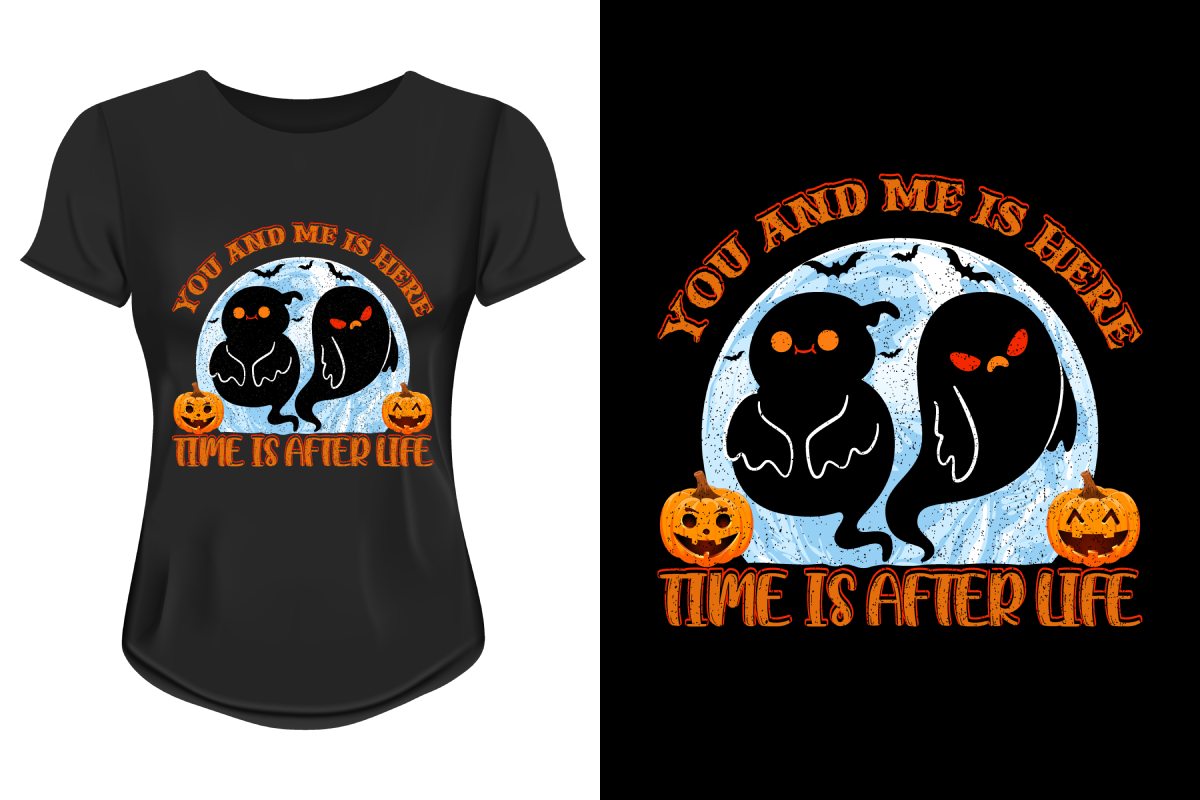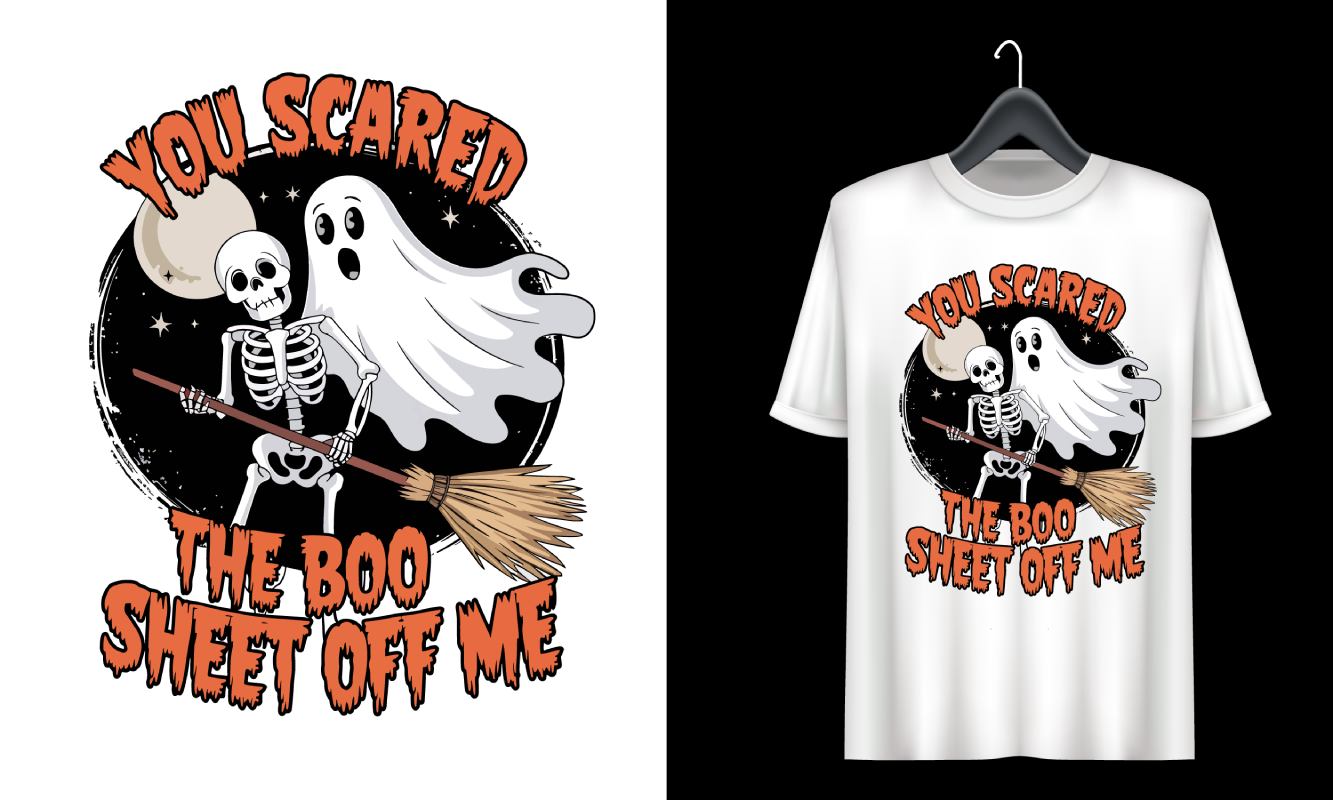DIY DTF Transfers are revolutionizing the way home crafters and small business owners create custom apparel. With Direct-to-Film printing, you can produce stunning, high-quality designs that fuse seamlessly with various fabrics. This innovative process uses specialized DTF transfer film, which allows for vibrant colors and intricate details to shine through. By utilizing a heat press machine, you can effectively transfer your designs onto fabric, making it an excellent option for everyone from hobbyists to entrepreneurs. Dive into the world of DIY DTF Transfers and unlock endless possibilities for your personalized creations!
Known as Direct-to-Film printing, DIY DTF Transfers provide an engaging way to design personalized garments and other textile projects. This exciting technique allows users to achieve beautiful and durable prints that incorporate a wide array of colors and details, making it ideal for custom fashion. By applying heat and special adhesive through a reliable heat press, you can effortlessly transfer your designs onto fabrics of your choice. This accessible approach promises an enjoyable experience for DIY enthusiasts, enabling them to craft unique items for personal use or small businesses. Explore the versatile realm of DTF printing today, and let your creativity shine!
Understanding DTF Printing Process
DTF (Direct-to-Film) printing is a revolutionary technique in the custom apparel industry that simplifies the method of transferring designs onto fabric. The process begins with printing an image onto a special film using high-quality inks. This film is then covered with a heat-activated adhesive which allows the design to be transferred to clothing successfully. Unlike traditional screen printing which requires extensive setup and numerous screens for different colors, DTF printing is user-friendly, making it an ideal option for DIY enthusiasts and small businesses looking to create vibrant custom designs.
One of the critical aspects of DTF printing is the choice of materials utilized in the process, including the type of DTF transfer film and hot-melt adhesive powder. Selecting high-quality materials not only enhances the print quality but significantly impacts durability and color vibrancy. A heat press machine is indispensable in this process—it applies precise heat and pressure to ensure that the design adheres perfectly, resulting in professional-level custom apparel that withstands washing and wearing.
Materials Required for DIY DTF Transfers
Before diving into DIY DTF transfers, gathering the right materials is essential. First and foremost, you will need a DTF printer, which can either be a specialized unit or a converted inkjet printer that supports DTF inks. Alongside this, DTF transfer film plays a pivotal role. This film is specially coated to adhere to DTF inks, ensuring vibrant prints that can accurately capture intricate designs.
In addition to the printer and transfer film, incorporating quality heat press machines and hot-melt adhesive powders is crucial for successful printing. The heat press machine ensures even heating, which is important in transferring your design securely. The adhesive powder, when applied properly, forms a strong bond with different fabric types, making your designs long-lasting and durable. These materials collectively contribute to a seamless printing experience for DIY enthusiasts venturing into the world of custom apparel.
Step-by-Step Guide to DTF Transfers
Getting started with DTF transfers requires following a structured process. The first step involves creating or selecting a design, which can be efficiently done using graphic design software such as Adobe Illustrator or CorelDRAW. It’s essential to maintain the resolution and format of your design files to ensure the print quality is maintained when transferred to fabric.
After finalizing your design, the next step is to print it onto the DTF transfer film using high-quality settings on your DTF printer. Once printed, allow the film to dry completely before sprinkling on the hot-melt adhesive powder, ensuring even coverage throughout the design. The printer settings, design processes, and adhesive application are critical for yielding stellar outputs, making it a must to adhere to the recommended instructions meticulously.
Applying Your DTF Design: The Transfer Process
The transfer process is the moment where your DIY DTF venture comes to life. Positioning the printed DTF film on the fabric accurately before applying it with a heat press is crucial. The right temperature, typically around 320°F (160°C), along with the correct pressure for the specified time, ensures that your design adheres well and achieves a flawless finish.
It’s equally important to peel off the transfer film carefully after heating to avoid damaging your design. This step will reveal your vividly printed design on the fabric, showcasing the high-quality output that DTF printing promises. The moment you unveil your transfer can be incredibly rewarding, demonstrating the potential of your DIY custom apparel.
Tips for Successful DIY DTF Transfers
Success in DIY DTF transfers hinges on a combination of quality materials and technical precision. Always choose high-quality inks and transfer film to ensure that the colors remain vibrant and the prints last over time. Moreover, fabric choice can significantly influence the effectiveness of the DTF process; opting for cotton blends or polyester will help the ink and adhesive bond more seamlessly.
Conducting a test run on a sample fabric before proceeding with a full batch is a wise move; it allows you to adjust your process and ensure optimal outcomes. Additionally, regular maintenance of your DTF printer and heat press machine is paramount for achieving consistency and quality in your transfers. These tips combined can help you perfect your DIY journey in DTF printing.
Utilizing Gang Sheets for Efficiency in DTF Printing
Gang sheets are an excellent strategy for those looking to maximize their efficiency in DTF printing. By arranging multiple designs on a single print sheet, DIY enthusiasts can reduce material waste and save on costs while maintaining a diverse range of prints ready for application. This practice not only economizes your resources but also allows for greater creativity, as you can experiment with different designs simultaneously.
Additionally, using gang sheets simplifies the printing process. Rather than printing each design individually, you can consolidate your prints, significantly speeding up the workflow. This approach is particularly beneficial for small businesses aiming to scale up production without compromising on quality, making it a popular choice among those venturing into the custom apparel market.
Frequently Asked Questions
What materials do I need for DIY DTF Transfers?
To get started with DIY DTF transfers, you will need a DTF printer, DTF transfer film, hot-melt adhesive powder, and a heat press machine. These materials are essential for creating high-quality custom apparel that showcases vibrant designs.
How do I create designs for my DIY DTF Transfers?
Creating designs for your DIY DTF transfers can be done using graphic design software such as Adobe Illustrator, CorelDRAW, or free tools like Inkscape. Ensure your design is in the correct format for printing on DTF transfer film.
What is the role of the heat press machine in DIY DTF Transfers?
The heat press machine is crucial in the DIY DTF transfer process as it applies the right temperature and pressure needed to transfer the design from the DTF film to the fabric. Proper settings are essential for achieving a durable, vibrant print.
Can I use any fabric for DTF Transfers, or are there specific recommendations?
While DIY DTF transfers can be applied to various fabrics, it’s best to use materials like cotton blends or polyester that bond well with DTF inks and adhesives. This ensures high-quality results and longevity of your custom apparel.
What are gang sheets, and how do they benefit DIY DTF Transfers?
Gang sheets are a technique in DTF printing where multiple designs are printed on a single sheet of DTF transfer film. This method maximizes material usage, reduces costs, and is an efficient way for DIY enthusiasts to create a diverse range of custom apparel.
How do I ensure the quality of my DIY DTF Transfers?
To ensure high-quality DIY DTF transfers, always use premium inks and films, maintain your DTF printer and heat press clean, and conduct test prints on sample fabrics before mass production. Quality materials and proper technique lead to the best results.
| Key Points | Details |
|---|---|
| What are DTF Transfers? | DTF Transfers utilize Direct-to-Film printing technology to create vibrant images that transfer onto fabric easily. |
| Materials Needed | 1. DTF Printer, 2. DTF Transfer Film, 3. Hot-Melt Adhesive Powder, 4. Heat Press Machine |
| Step 1: Design Creation | Create or select a design using graphic design software (e.g., Adobe Illustrator). |
| Step 2: Printing | Print the design onto DTF transfer film with high-quality settings and let dry. |
| Step 3: Applying Adhesive | Sprinkle hot-melt adhesive evenly over the dry printed film and heat it to cure. |
| Step 4: The Transfer Process | Use heat and pressure to transfer the cured design onto the garment, then peel the film away. |
| Tips for Success | Use quality materials, choose compatible fabrics, test your setup, and maintain your equipment. |
| Exploring Gang Sheets | Use Gang Sheets to print multiple designs simultaneously, optimizing resources and reducing costs. |
Summary
DIY DTF Transfers open up a realm of possibilities for creative individuals looking to make their mark with custom apparel right at home. This innovative method, involving Direct-to-Film printing, is not only simple to master but also provides exceptional print quality, allowing detailed and vibrant designs to come to life on fabric. By gathering the necessary materials and following the straightforward steps outlined in this guide, anyone can achieve professional-looking results. As you delve into the art of DIY DTF transfers, you will discover the satisfaction of creating unique clothing pieces that resonate with your personal style or business aspirations. The accessibility and versatility of this technique position it as a favorite among DIY enthusiasts, eagerly inviting you to explore your creativity. Start your journey into the captivating world of DIY DTF Transfers today, and transform your fashion ideas into printed reality!



